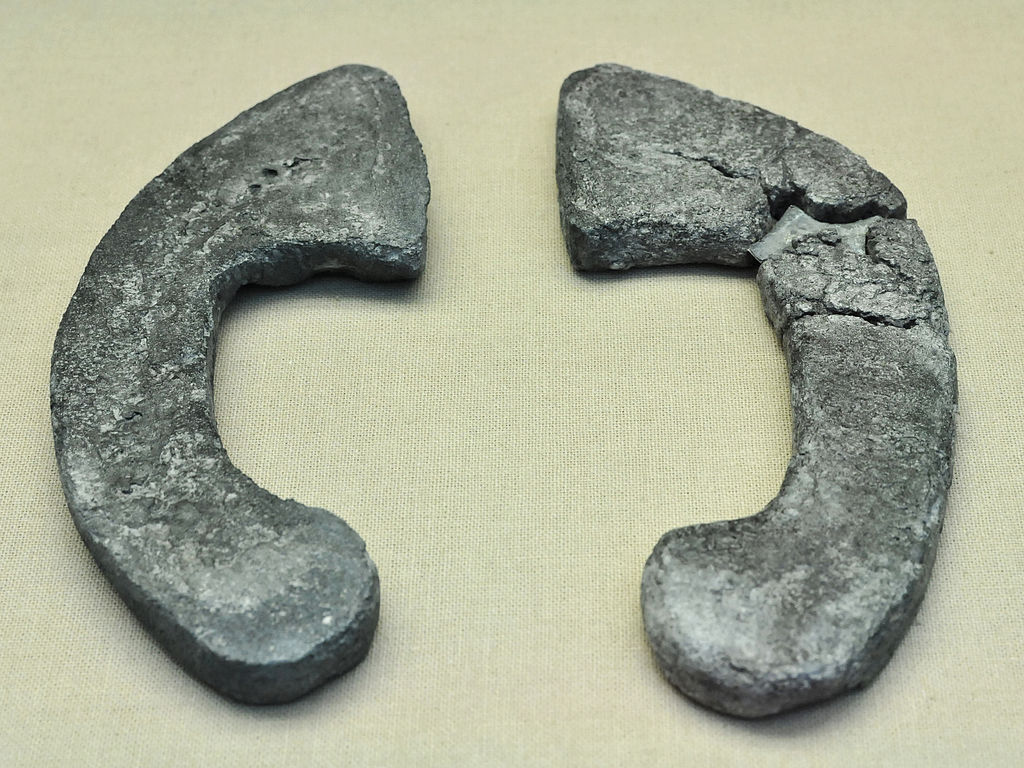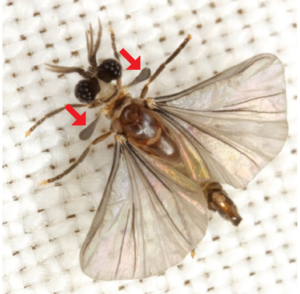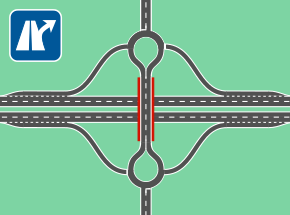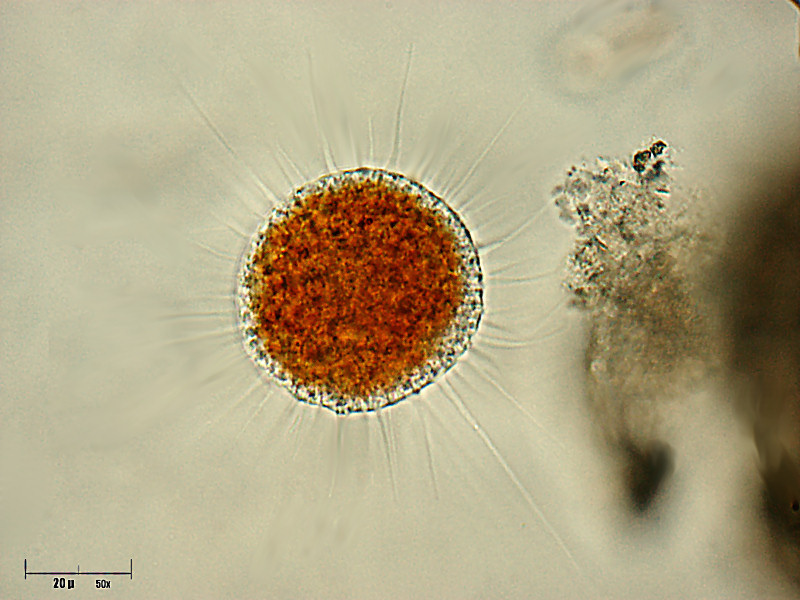Halteres, the dumbbells of Ancient Greece
Halteres (Greek: ἁλτῆρες, from “ἅλλομαι” – hallomai, “leap, spring”; cf. “ἅλμα” – halma, “leaping”) were a type of DUMBBELLS used in Ancient Greece. In Ancient Greek sports, halteres were used as lifting weig
Halteres are a pair of small club-shaped organs on the body of two orders of flying insects that provide information about body rotations during flight
Halteres (singular halter or haltere) (from Ancient Greek: ἁλτῆρες, hand-held weights to give an impetus in leaping) are a pair of small club-shaped organs on the body of two orders of flying insects that provide information about body rotat
Structure of DNA repair protein XRCC4 aka X-ray repair cross-complementing protein 4
XRCC4 protein is a TETRAMER that resembles the shape of a DUMBBELL containing two globular ends separated by a long, thin stalk. The tetramer is composed of two dimers, and each dimer is made up of two similar subunits. The first subunit (L) contains amino acid residues 1 – 203 and has a longer
Silicene is a two-dimensional allotrope of silicon, with a hexagonal honeycomb structure similar to that of graphene
Contrary to graphene, silicene is not flat, but has a periodically buckled topology; the coupling between layers in silicene is much stronger than in multilayered graphene; and the oxidized form of silicene, 2D silica, has a very different chemical structure from graphene oxide. History Al
Weddellite and Whewellite
Weddellite (CaC2O4·2H2O) is a mineral form of calcium oxalate named for occurrences of millimeter-sized crystals found in bottom sediments of the Weddell Sea, off Antarctica. Occasionally, weddellite partially dehydrates to whewellite, forming excellent pseudomorphs of grainy whewellite aft
Diamond Interchanges
Dumbbell For the at-grade intersection design analogous to dumbbell and dogbone interchanges, see Bowtie (road). The ramp intersections may also be configured as a pair of roundabouts to create a type of diamond interchange often called a dumbbell interchange (due to its aerial resemblance to a
Pelger–Huët anomaly, congenital and acquired, also pince-nez, laminopathy and a little ebola
Pelger–Huët anomaly is a blood laminopathy associated with the lamin B receptor, wherein several types of white blood cells (neutrophils and eosinophils) have nuclei with unusual shape (being bilobed, peanut or dumbbell-shaped instead of the normal trilobed shape) and unusual structure
Vampyrella mitosis
Orthomitosis in Vampyrella occurs late in the cyst stage. Neither microtubule organizing centers (MTOCs) nor centrioles are present during mitosis. While in the trophozoite life stage and early cyst stage, the cell is in interphase. Heterochromatin decrease upon entering the cyst stage as the cel
Quasiracemate – Racemic mixture
There are four ways to crystallize a racemate; three of which H. W. B. Roozeboom had distinguished by 1899 and this is one of them. QuasiracemateA quasiracemate is a co-crystal of two similar but distinct compounds, one of which is left-handed and the other right-handed. Although chemically differ
Staphylokinase (SAK) aka staphylococcal fibrinolysin or Müller’s factor
Staphylokinase (SAK; also known as staphylococcal fibrinolysin or Müller’s factor) is a protein produced by Staphylococcus aureus. It contains 136 amino acid residues and has a molecular mass of 15kDa. Synthesis of staphylokinase occurs in late exponential phase. It is similar to strep







